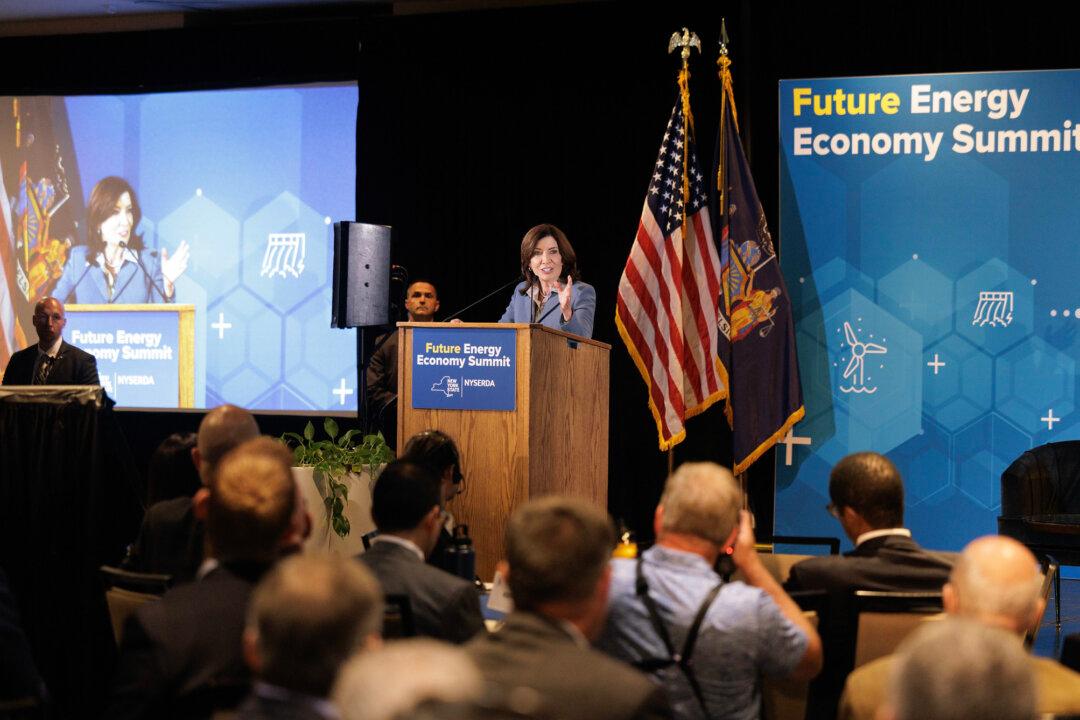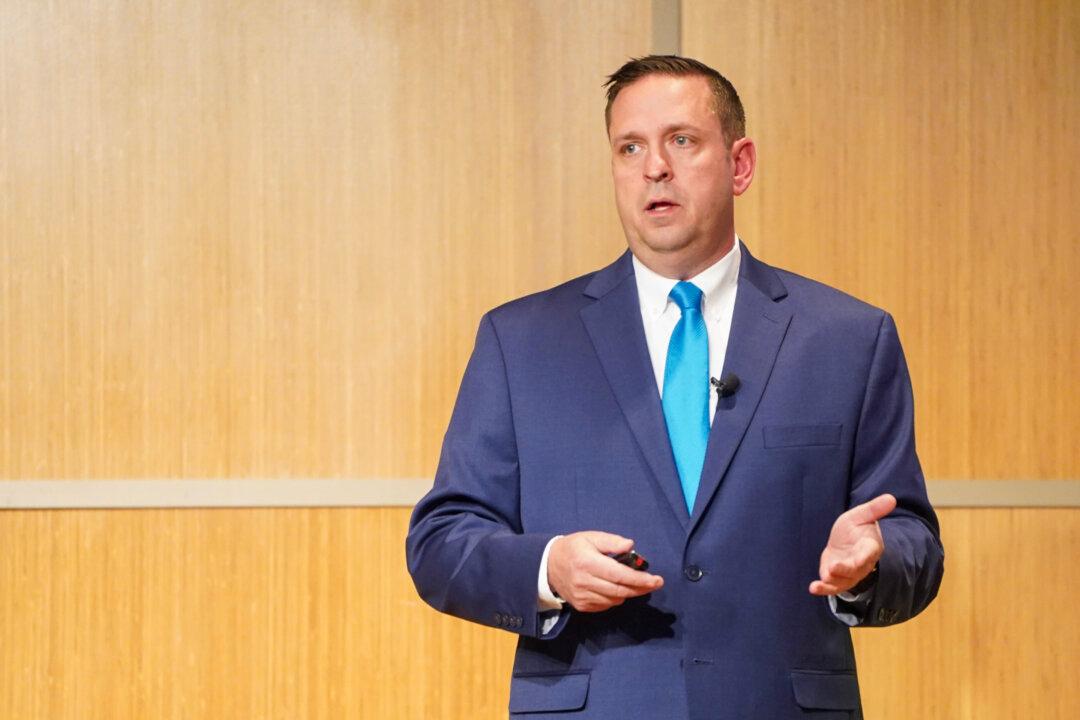Nuclear power has emerged as a potential key player in future energy infrastructure as New York mulls its long-term moves to arrive at a low-emission economy.
During a Sept. 9 state energy planning board meeting, board members began the process of developing the Empire State’s next 15-year energy plan and unveiled a draft guiding document that says nuclear energy is one of 15 major topics to be explored.





